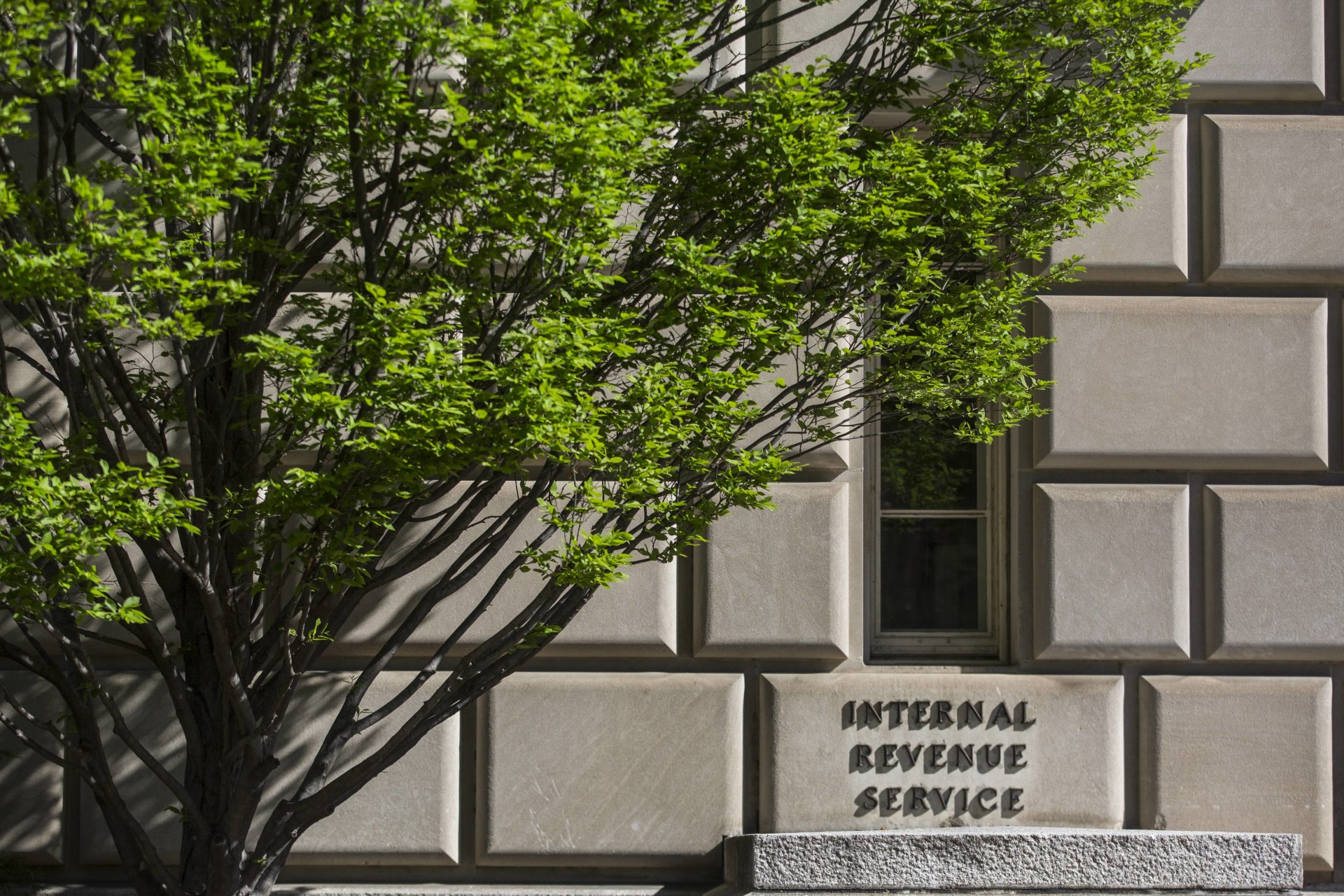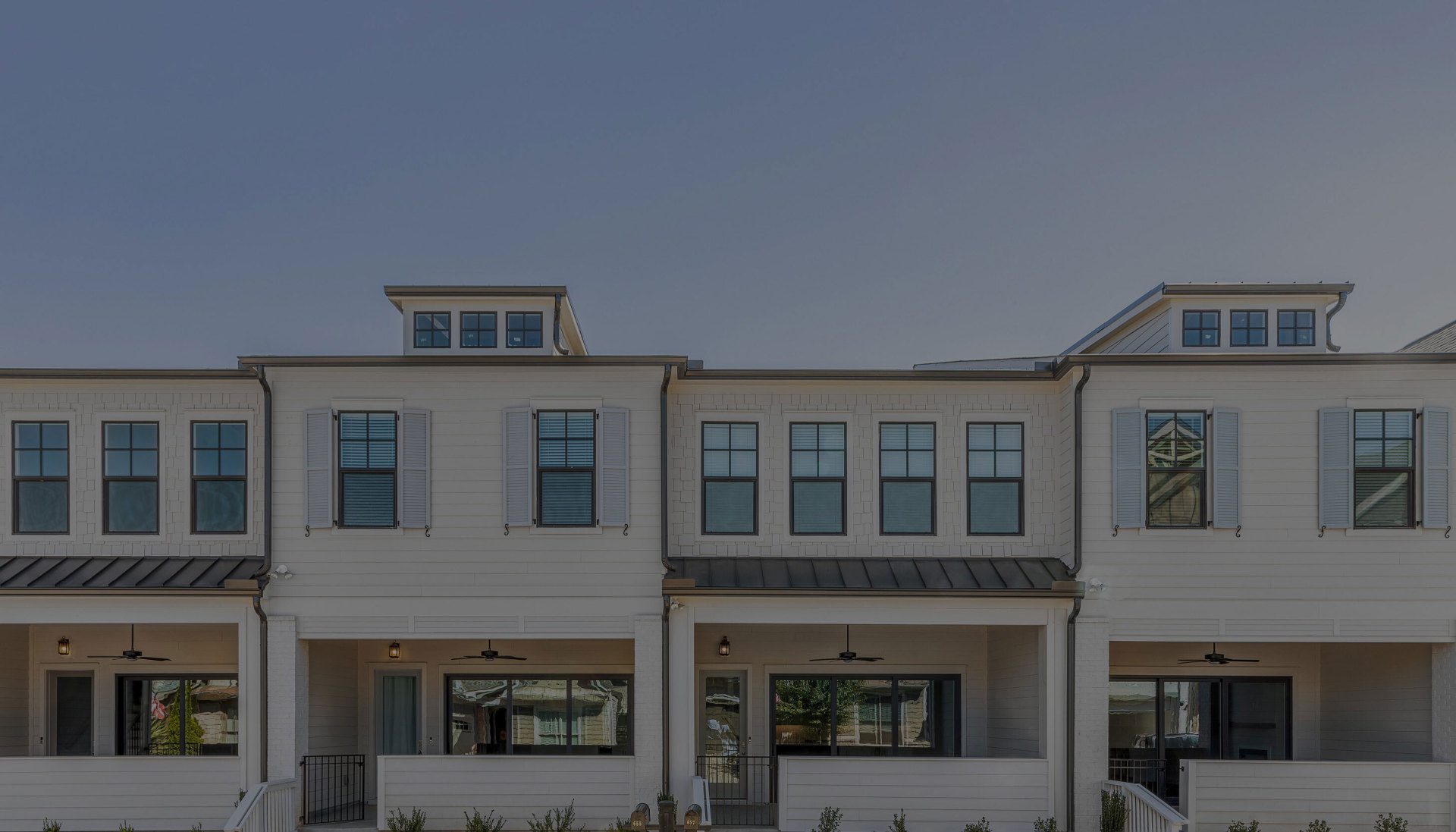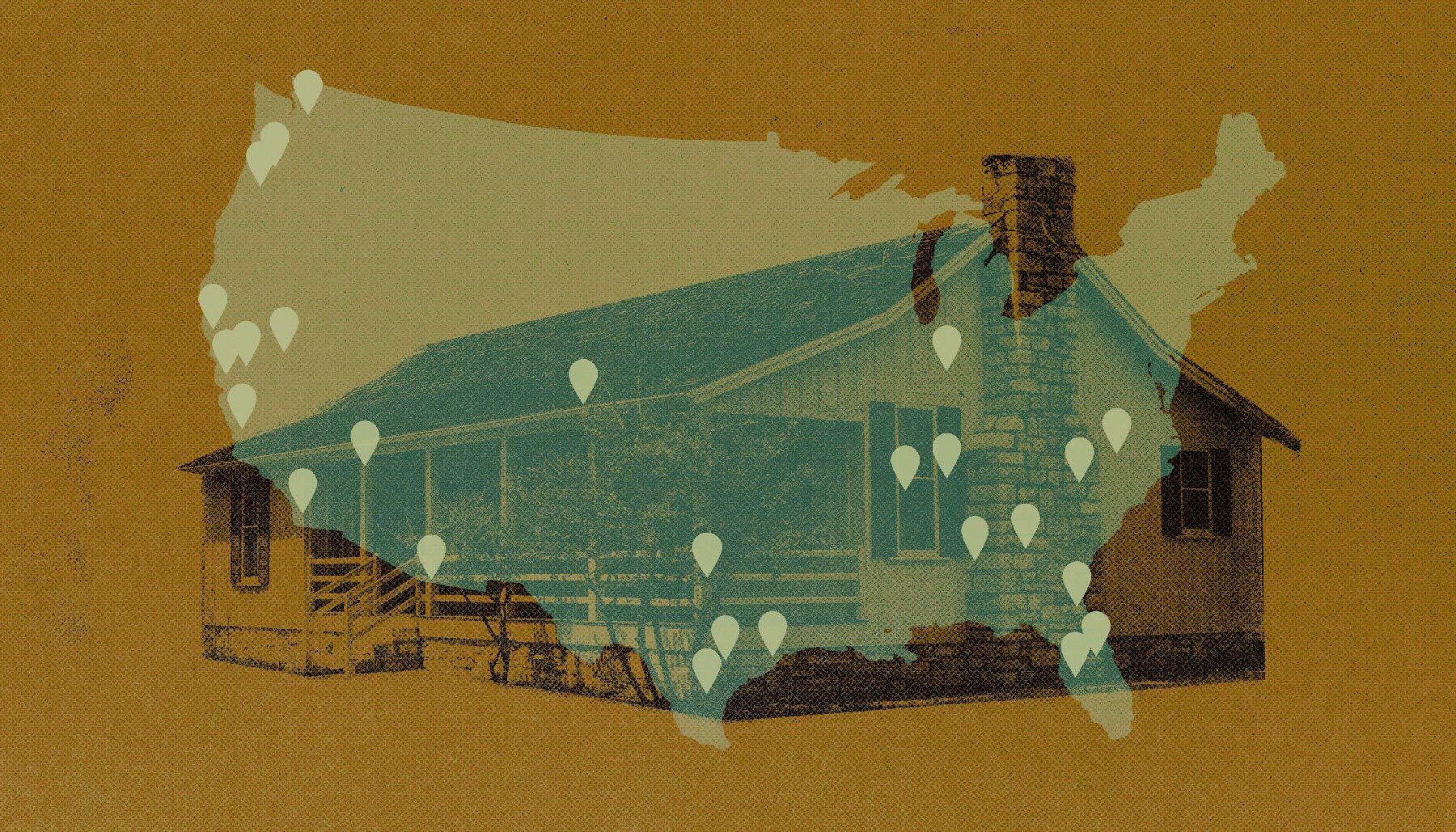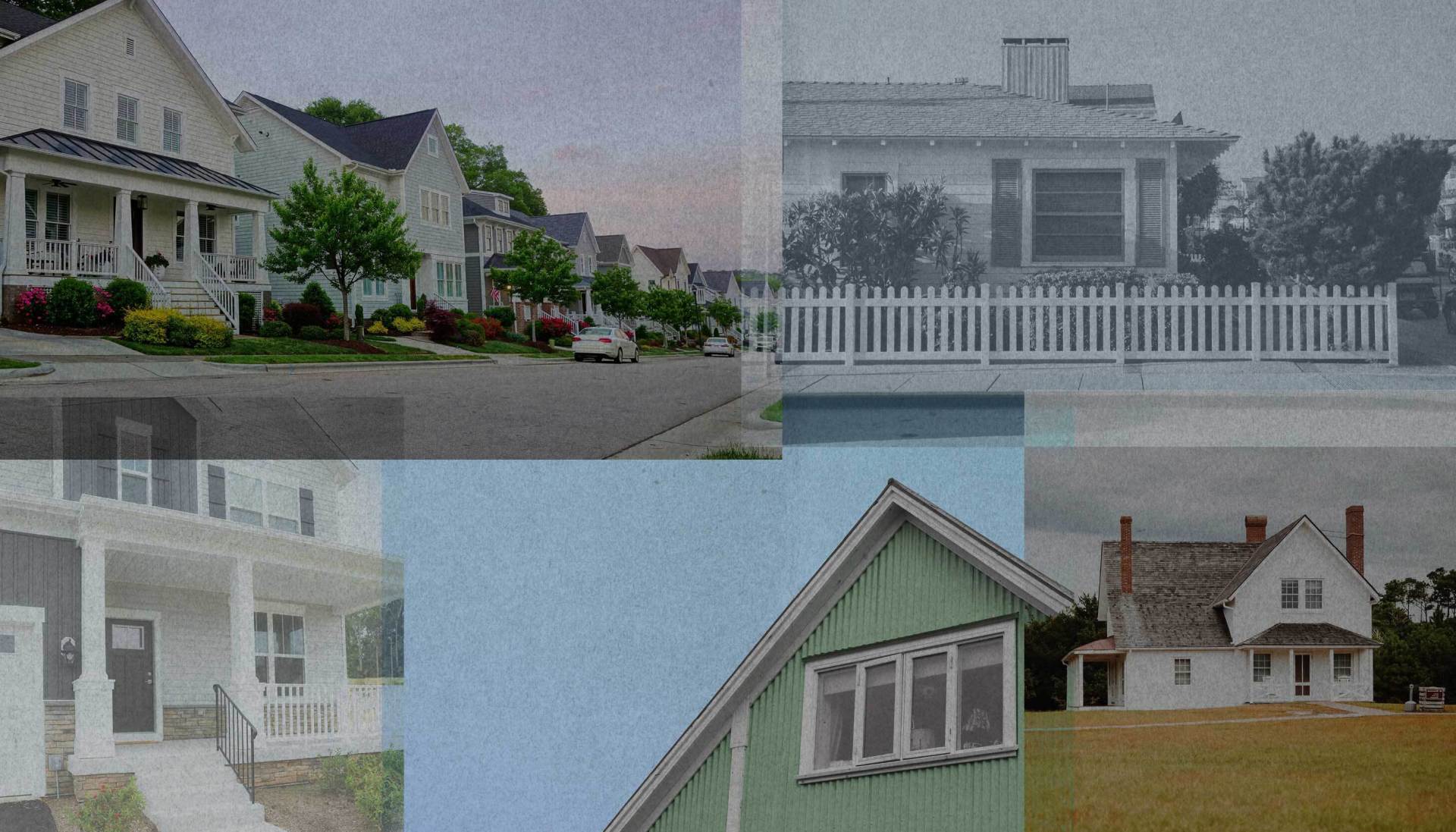Merriam-Webster defines “turnkey” as “built, supplied, or installed complete and ready to operate.” It can apply to anything from computer systems to nuclear plants, and can also apply to real estate properties that are sold ready-to-rent or with tenants already in place, so that the investor, often buying long-distance, earns rental income from day one.
While buying turnkey properties isn't the cheapest way to get into real estate investing, it does offer convenience. Depending on the seller, a turnkey rental property may come with a property management company already in place.
Traditionally, the seller of a turnkey property had bought, rehabbed, and rented it out on their own. Many such properties were found in regions hit hard by the 2008-09 housing crisis, such as North Carolina, Georgia, and Ohio.
But now, more and more Americans are looking to turnkey properties as a no-fuss way to start on the road to becoming a real estate investor, or to expanding their portfolios, often in markets far from where they live. In fact, the portion of buyers who made offers on homes sight unseen spiked to more than 60 percent during the pandemic, according to the real estate firm Redfin. (That was up from 23 percent in 2016.)
Tapping into this market, large companies have sprung up that either offer marketplaces for buyers and sellers, or sell turnkey properties, often catering to these long-distance investors looking for homes priced from about $50,000 to about $150,000.
Turnkey properties aren't for everyone, and not all such properties are created equal, nor are the companies that offer them. But with a proper understanding of how turnkey real estate investment works, aspiring investors or those already in the business can buy these properties.
Upsides of turnkey real estate investment? Convenience and a hands-off approach
Some real estate investors want to seek out below-market deals, strap on a tool belt or oversee their own team to do the demolition and rehabbing, then screen renters and field maintenance calls from tenants. Others want to do as little as possible, and just let the rent checks roll in — earning truly passive income. They don't want to get their hands dirty dealing with upgrading roofs, HVAC systems, or boilers — these folks are candidates for turnkey real estate investing.
One advantage to this kind of real estate investing is that, since major renovations are complete, and since tenants are already often in place, there's the strong possibility of uninterrupted cash flow for the first several years. The seller has already done much of the hard work.
Some aspiring investors live in expensive housing markets, where they're priced out, and so they need to look to parts of the country where homes are more affordable. For them, too, turnkey real estate investing may be the way to go, since, for example, a Bay Area programmer's income will go much farther in places like Phoenix, Las Vegas or Atlanta.
Turnkey investment properties proved to be an excellent fit for Yang Guo, a data scientist who lives in San Francisco and works for a tech company. Despite earning a good salary, he was priced out of the Bay Area. He talked to Reuters in 2016, when the phenomenon was just ramping up.
"There's too much risk with buying a property in the Bay Area," Guo told Reuters. "As long as the cash flow is coming and hitting my bank account, I don't care about seeing them in person."
Using Home Union, now known as Mynd Investor Services, he purchased two small homes: one in the suburbs of Birmingham, Alabama, and another in the suburbs of Columbia, South Carolina. He paid a total of $60,000, nothing compared to the Bay Area, where, at the time, the median home price was over $675,000. (It has since doubled.)
Downsides of turnkey property investments? Higher prices and the perils of remote buying
While they offer convenience and the promise of relatively easy returns, turnkey properties do have disadvantages.
Because the turnkey company has already found the below-market deals, they're pricing the properties at full market value. The work has been done to make the property rent-ready, which may have included extensive projects such as demolishing and redesigning kitchens and bathrooms, remediating mold, or perhaps performing structural work. These sellers charge a premium for that labor in order to make a profit.
A turnkey home often requires a bigger investment up front, and it may have lower cap rates than other rental properties.
Buying rental property from a distance presents its own perils for the buyer. Investors need to know the local real estate market, including data like vacancy rates, crime rates, the quality of the schools, and whether there is the threat of natural disaster that would necessitate special catastrophe insurance.
What's more, as with any industry that has exploded in just a few years, some of the players are looking for easy money and don't have deep experience in the real estate market. As always, the buyer should beware.
As with any purchase, due diligence is crucial in turnkey real estate investing
Some companies marketing turnkey properties count on customers' desire for convenience, and they may offer less-than-appealing deals, gussied up in shiny marketing materials. While on-the-ground research in far-flung locales can be daunting, due diligence can make the difference between steady income on a rental property and a money pit.
Promotional photos may focus on gleaming kitchen islands in a turnkey property, but not show parts of the house like the roof, which can cost many thousands of dollars to upgrade. Likewise with the plumbing and electrical systems. Shoddy work can costs tens of thousands to fix. In-person visits to a turnkey property can be costly, but they also allow the prospective investor to get a close look at the neighborhood, which can make all the difference. If investors can't make the trip themselves, they can hire local agents to inspect the home.
Inexperienced investors who live in high-priced markets may get excited about low price points on a turnkey property and not gain a sufficiently granular picture of the market where they're buying.
“You see these people coming from California and what I like to call 'yuppie-ing up a place,'” Tony Kazanas, a Cleveland area real estate agent, told Reuters. “But they don't realize it's not in the best area because they didn't do their homework.”
Similarly, the investor has to kick the tires on the turnkey company itself. Has it been in business long? Do past and current customers give it high ratings? Does the company invest in its own properties? Does it have a diversified staff with specialized knowledge of each aspect of the business? If these questions can't be answered “yes,” the investor should probably look elsewhere.
Structuring and financing the deal
Turnkey real estate investing comes in several shapes and sizes. Investors looking for a completely hands-off relationship to the property may be best served by structuring the deal with a Real Estate Investment Group (REIG) or limited liability company, while other investors might prefer to become the independent owner of the property and then retain a property management company.
As with any other real estate investment, buyers also have various ways to finance turnkey property purchases. Depending on their circumstances, any of the following forms of mortgage may prove suitable:
- 30-year fixed
- 20-year fixed
- 5/1 ARM
- 7/1 ARM
- 10/1 ARM
- 30-year Veterans Affairs (VA)
- 30-year Federal Housing Administration (FHA)
The Mynd advantage
With Mynd's technology-based platform, investors can find, finance, buy, manage and sell 100 percent remotely. Utilizing a combination of deep data analytics and in-person research, Mynd has transformed SFR into an asset class that the average investor can access, and can direct its clients to the best markets that offer the highest returns.



